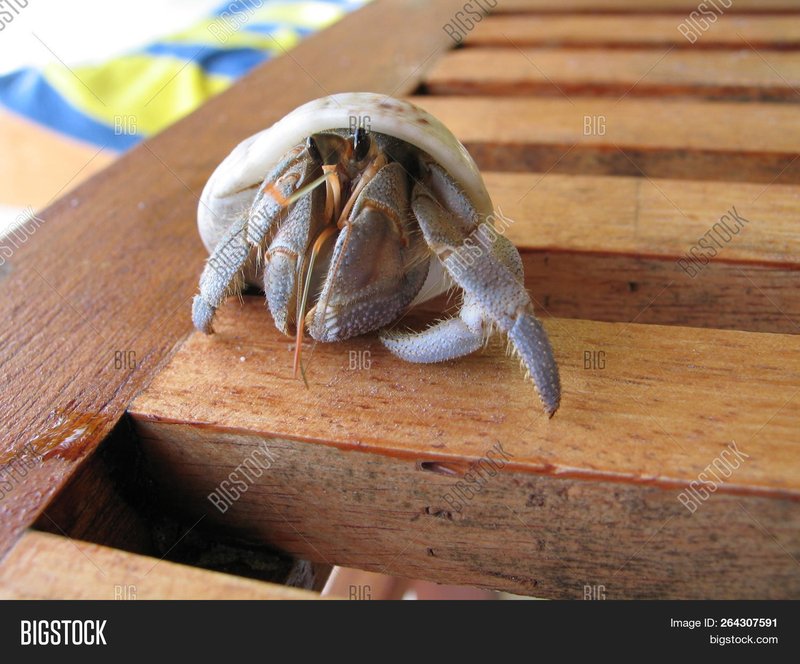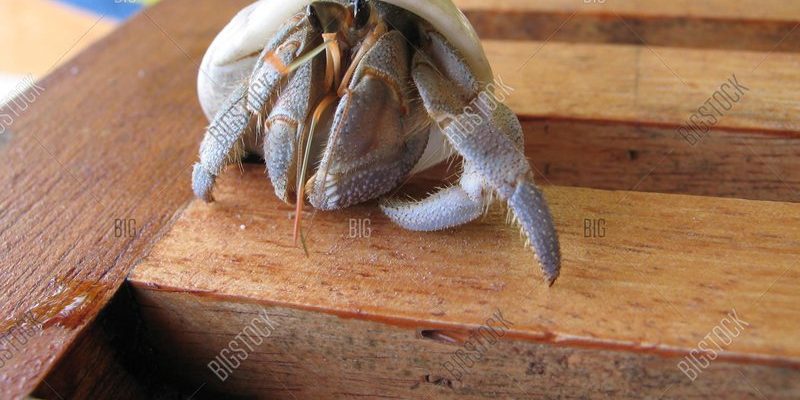
Imagine you’re at an amusement park, trying to find your friends after a thrilling ride. You’d probably look for landmarks and use hand signals, right? Hermit crabs do something similar but with scent and touch instead. In this article, we’ll dive into how these crustaceans navigate their surroundings and communicate with one another, exploring their unique tactics and behaviors that make them such interesting marine animals.
How Hermit Crabs Navigate Their Environment
Navigating through their sometimes chaotic habitats is crucial for hermit crabs. They have a few tricks up their sleeves to make sure they don’t get lost on their adventures. Hermit crabs primarily use their **antennae** and **eyes** to gather information about their surroundings.
Their antennae are like tiny sensory devices, constantly picking up chemical signals in the air. This helps them identify food sources, detect predators, and even locate potential mates. You might think of their antennae as a kind of map, guiding them to all the best spots. It’s like following your nose to a delicious pizza place, but for hermit crabs, it’s all about finding nutrients or a cozy new shell.
Another interesting way hermit crabs navigate is through their **instinctual memory**. They’re able to remember past experiences and familiar places. For instance, if a hermit crab finds a great spot to hide or a favorite food source, it’ll likely return there if it feels threatened or hungry again. It’s kind of like how you remember the way to your best friend’s house, even after years of not visiting.
The Role of Shells in Navigation
Shells are more than just homes for hermit crabs; they also play a critical role in navigation. When a hermit crab searches for food or a new place to explore, it needs to be careful with its shell selection. A heavier shell can slow it down, while a lighter one makes it nimbler but might not offer enough protection.
Finding the right shell is a matter of balance. If a hermit crab spots a larger, more suitable shell, it must weigh the benefits of upgrading against the dangers of leaving its current one. It’s a bit like deciding whether to trade in your reliable old car for a flashier new model — you might miss the comfort of familiarity, but the excitement of new possibilities is hard to resist!
In social settings, hermit crabs often engage in shell exchanges. They’ll gather in groups and size each other up, engaging in what looks like a frantic dance. This behavior helps them assess whether a shell trade might be mutually beneficial or even necessary for survival. If you’ve ever seen kids swapping toys, you get the idea!
Communication: The Language of Hermit Crabs
When it comes to communication, hermit crabs have their unique language, relying heavily on **chemical signals** and **body language**. They might not speak like us, but they have clever ways of getting their messages across.
When a hermit crab releases scents into the water, it can convey a message to others nearby. For example, it can signal that it’s found food or is in distress. This chemical communication is highly effective in the underwater world, helping crabs share crucial information without uttering a sound. Imagine sending a text message to alert your friends about a free pizza — that’s pretty much how hermit crabs let each other know what’s going on.
Body language plays a vital role as well. When crabs engage in confrontations, they’ll raise their claws, making themselves look bigger to ward off threats. It’s a bit like puffing up your chest to appear more confident in a tough situation. They also use softer movements to show submission or peace, like lowering their claws and moving slowly. These gestures help them avoid unnecessary fights and keep their social structure intact.
How They Respond to their Environment
Hermit crabs are highly adaptable creatures. They respond to changes in their environment, whether it’s temperature shifts or new threats. For instance, if a predator approaches, a hermit crab will quickly retreat into its shell for protection. It’s like having a built-in safety net that they can rely on when danger looms nearby.
Another way they respond is through **habitat exploration**. If a hermit crab finds a new area that’s bursting with possible food sources, it will venture out to investigate. This adventurous spirit allows them to thrive in different environments and discover new opportunities. Just think about how you might explore a new neighborhood or city, hungry for the best local spots!
Hermit crabs also respond to environmental cues through **temperature sensitivity**. They have a preference for warmer, more humid conditions and can sense changes in their surroundings that might indicate a change in habitat quality. This sensitivity helps them seek out more favorable conditions, ensuring they remain healthy and active.
Social Structure and Behavior
Hermit crabs have fascinating social dynamics. They often form groups, which helps them navigate and communicate as a collective. This social structure plays a significant role in their survival, as they can alert each other to dangers and share resources.
In these groups, you’ll see a lot of jockeying for position. When a new hermit crab enters the scene, the others might perform a sort of dance or display to establish dominance. Social hierarchies can form based on size and shell quality, impacting which crabs get to choose the best shells and feeding spots. It’s much like a school playground, where the bigger kids tend to claim the best swings.
Hermit crabs also express affection toward one another. You might see them grooming one another or resting close together in their shells. This behavior builds social bonds and promotes group cohesion. It’s a reminder that even the smallest creatures have their ways of forming relationships and looking out for each other.
Common Misconceptions About Hermit Crab Behavior
While hermit crabs are generally understood as quirky little creatures, some myths can lead to misunderstandings about their behavior. One common misconception is that they are solitary animals. In reality, they are quite social and thrive in groups, as mentioned earlier. Their need for interaction shapes their navigation and communication.
Another myth is that hermit crabs can change shells at will without consequences. The reality is that finding the right shell is a careful process, and they often need to face competition from other crabs. Shell changes can be stressful and may even lead to confrontations. It’s like trying to snag the last seat on a crowded bus; you’ve got to weigh your options and act fast.
Lastly, many believe that hermit crabs are not capable of learning or remembering. However, they can retain memories of locations, food sources, and social interactions. They’ve got brains that allow them to adapt to their environments, just like we do!
The Importance of Understanding Hermit Crab Behavior
Understanding how hermit crabs navigate and communicate is essential for their conservation and well-being in captivity. By knowing their needs, pet owners can create an environment that mimics their natural habitat, enhancing their quality of life. Things like proper shell choices, a suitable temperature range, and social interaction can make a world of difference.
Moreover, this knowledge can fuel deeper appreciation for these creatures in the wild. Protecting their natural habitats is critical for ensuring these social little beings can thrive in their ecosystems. The more we understand them, the more likely we are to become advocates for preserving their homes.
In short, hermit crabs are far from ordinary. They possess remarkable navigation and communication skills that allow them to not just survive but thrive in their environments. Like a well-tuned orchestra, each individual plays a role in the harmonious symphony of their social structures and ecosystems.
Understanding hermit crab behavior sheds light on their complex lives. So, the next time you see one scuttling along the shore, take a moment to appreciate the little intricacies that make it a fascinating creature!

